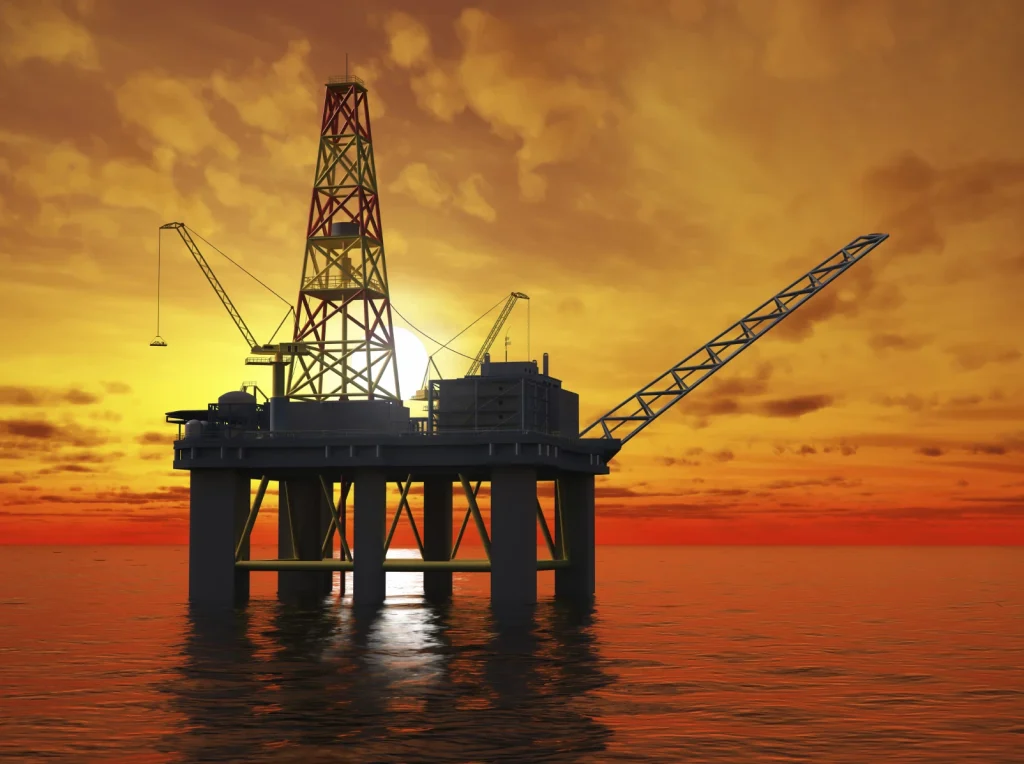Gasoline is a flammable liquid fuel that is used to power internal combustion engines in vehicles and other equipment. There are several types of gasoline, including regular, mid-grade, and premium, which have different octane ratings and performance characteristics. Gasoline grades are based on the octane rating, which measures the fuel’s ability to resist “knocking” or detonation in an engine. Higher octane ratings are required for high-performance engines. Gasoline can be purchased at gas stations, typically by the gallon or liter, with prices varying depending on location, supply and demand, and other factors.
Gasoline, also known as petrol, is a petroleum-derived liquid fuel commonly used in internal combustion engines. It is a complex mixture of hydrocarbons, with different types of gasoline containing different blends of these hydrocarbons.
A).Octane rating: Gasoline is rated by its octane rating, which is a measure of the fuel’s ability to resist knocking or detonation in an engine. The higher the octane rating, the more resistant the fuel is to knocking. Most gasoline sold in the United States has an octane rating of 87 or 91.
B). Ethanol content: Gasoline can contain ethanol, which is a renewable fuel made from plant materials. The most common blend of gasoline and ethanol is E10, which contains up to 10% ethanol. Some areas also sell E15 (15% ethanol) or E85 (85% ethanol), which are typically used in flex-fuel vehicles.
C). Environmental impact: Gasoline combustion produces carbon dioxide and other greenhouse gases, which contribute to climate change. Gasoline also releases pollutants such as nitrogen oxides, particulate matter, and volatile organic compounds, which can harm air quality and human health. Some efforts are being made to develop cleaner fuels and reduce the environmental impact of gasoline.
